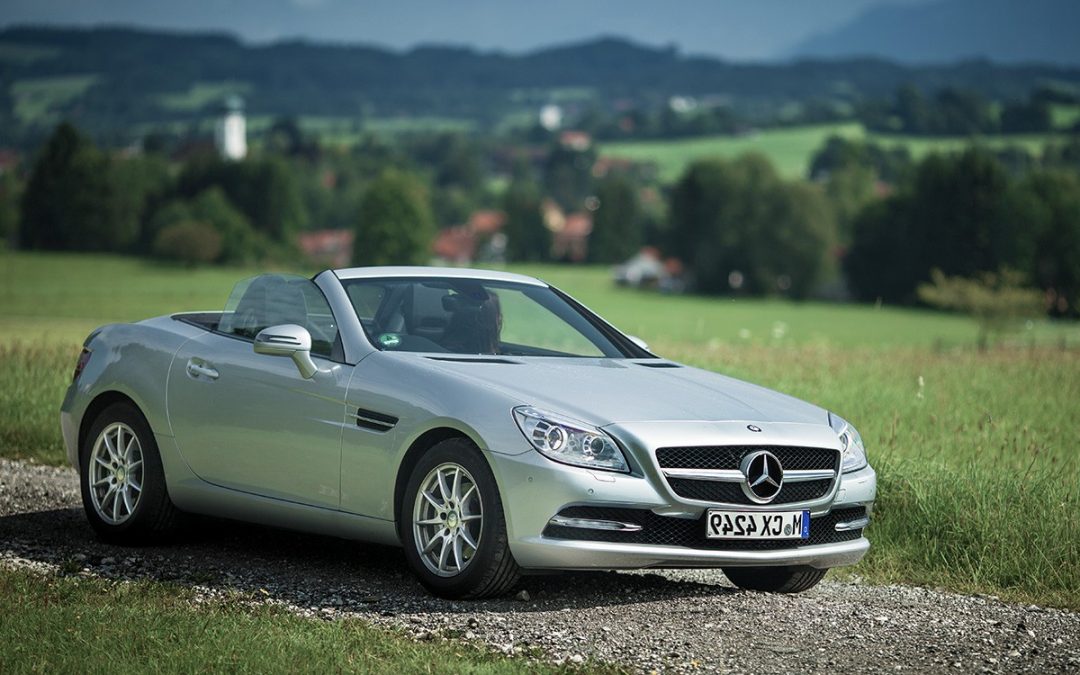Determining your car insurance premium is a complex calculation.
As well as the type of vehicle, underwriters consider factors such as the statistical risks associated with your age, occupation, address and driving history.
Vehicle value also plays a part in this calculation. How much of a role it plays will depend on you, your car and your choice of insurer.
In some instances it will influence your premium significantly, in other instances less so.
For example, a young driver’s premium is likely to be more influenced by the statistical risks associated with their age than by the value of their car.
Whether their first car costs 352.55€ or 3,525.47€,the premium won’t be particularly affected by the vehicle value because other risks are much higher.
Older drivers tend to see more of an influence from vehicle value as there are fewer risks for underwriters to consider. Also, they’re likely to be insuring a more valuable car.
It’s not all about the vehicle
The most crucial factor to bear in mind when considering this area is that you’re not just insuring the value of the vehicle.
For example, your car’s value is only likely to make up a fraction of an insurance pay-out if you suffer a crash where personal injury claims are made.
This is why, when you first start driving, your premium might be higher than the value of the vehicle itself.
Agreed-value polices and Gap insurance
Almost all cars depreciate in value and an insurance pay-out in the event of an incident is likely to reflect that fact.
The overall effect of value on the insurance group depends on the points allocated for various factors
Agreed-value policies are very rare for regular vehicles and only tend to apply to specialist motors – kit cars or classic cars, for example.
If this concerns you, you may want to consider taking out Guaranteed Asset Protection (Gap) insurance.
This is an additional policy that runs alongside regular motor insurance cover and is intended for drivers who are still paying finance on their vehicle.
It ensures that – if the vehicle is destroyed or stolen – the shortfall will be met between your insurer’s settlement figure and the value of your car when you purchased the Gap cover.
Value may affect the type of cover you take out
Your car’s value may help to determine whether you take out third party, third party fire and theft, or comprehensive insurance.
Every insurer has their own criteria, but many will simply refuse to cover a higher-value car unless it’s insured comprehensively.
This may work in your favour – should a claim arise and it’s deemed to be your fault, could you afford to lose your vehicle?
Remember also that third-party policies are not necessarily cheaper than comprehensive ones and they may not offer the level of cover you need.
How vehicle value affects insurance groups
As well as the current market value of your car, insurers study information such as the cost of parts and estimated repair time.
Such areas are major determining factors when it comes to deciding a vehicle’s insurance group, a categorisation that applies to every car on the road. The overall effect of value on the group depends on the points allocated for various factors. For example you may have a cheap car with low performance and a low repair score and therefore the value could be up to 30% of the calculation.
Alternatively, the same car could have had a high repair score and therefore the value may only represent 10% of the calculation.
High-value cars
For very high-value cars, many insurers will stipulate additional vehicle security over and above the manufacturer’s standard settings. Each insurer will have their own set rules, but they may – for example – request evidence of a tracker device.
Low-value cars
Owning a lower-value car will not necessarily mean that you’re able to obtain cheaper insurance. This is because there can be other risks associated with cheaper cars, such as the difficulty of obtaining older parts and the higher risk of a vehicle failure leading to an accident.
How do I estimate my car’s value?
All insurers and comparison sites will ask you to estimate the value of your vehicle when applying for cover. Always answer honestly, or you risk invalidating your insurance.
What’s more, there’s no point in inflating the value of your vehicle – in the event of a claim, insurers will only ever cover the market value of the vehicle.
One of the reasons the value is queried is to flag up any undisclosed modifications. For example, if they see a Opel Corsa value quoted at 23,503.14€ they know to ask more questions about the vehicle.
TopAssur’s treatment of vehicle value
If you search for insurance through topassur.lu you’ll be asked to estimate the value of your car, meaning the cost of replacing your vehicle with another of the same make, model, age, condition, mileage and specification (for example, the same level of equipment).
If you’re not sure exactly how much the car is worth then an approximate value is fine as – in the event of the car being written off – the insurer will only pay the market value, unless you agreed a guaranteed value when the policy was taken out.
The vehicle valuation will be one of the factors taken into account by the insurers in Luxembourg before the quotes available are sent to you.
Always remember that the estimated value you suggest is not necessarily what you’ll get back from the insurer.

